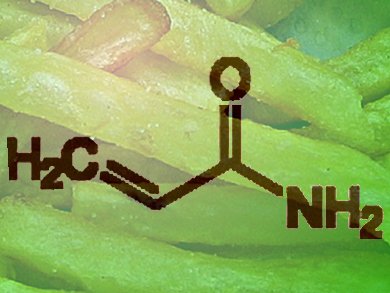EFSA launched a public consultation on its draft scientific opinion on acrylamide in food, developed by the Authority’s expert Panel on Contaminants in the Food Chain (CONTAM). Until 15 September, scientists and other interested parties can comment on the draft opinion through an online public consultation. Before finalizing their opinion, Members of the CONTAM Panel will discuss this feedback together with the contributors to the online public consultation at a public meeting later this year.
Once finalized, EFSA’s scientific advice will support European and national decision-makers to consider possible measures to further reduce consumer exposure. These may include, for example, advice on eating habits and home-cooking, or controls on commercial food production. However, EFSA plays no direct role in deciding such measures.
Acrylamide consumed orally is absorbed from the gastrointestinal tract, distributed to all organs and extensively metabolized. One of the main metabolites, glycidamide, is the most likely cause of the gene mutations and tumours seen in animal studies.
Acrylamide is typically formed during the preparation or processing of starchy foods at high temperatures such as roasting or baking. Coffee, fried potato products, biscuits, crackers and crisp breads, soft bread, and certain baby foods are important dietary sources of acrylamide. On a body weight basis, children are the most exposed age groups.
The draft opinion includes preliminary recommendations on future research on acrylamide involving humans and also detection and risk assessment methods for germ cell mutation. Data collection activities can also be improved, particularly to provide a more accurate indication of acrylamide levels in food produced and consumed at home.




